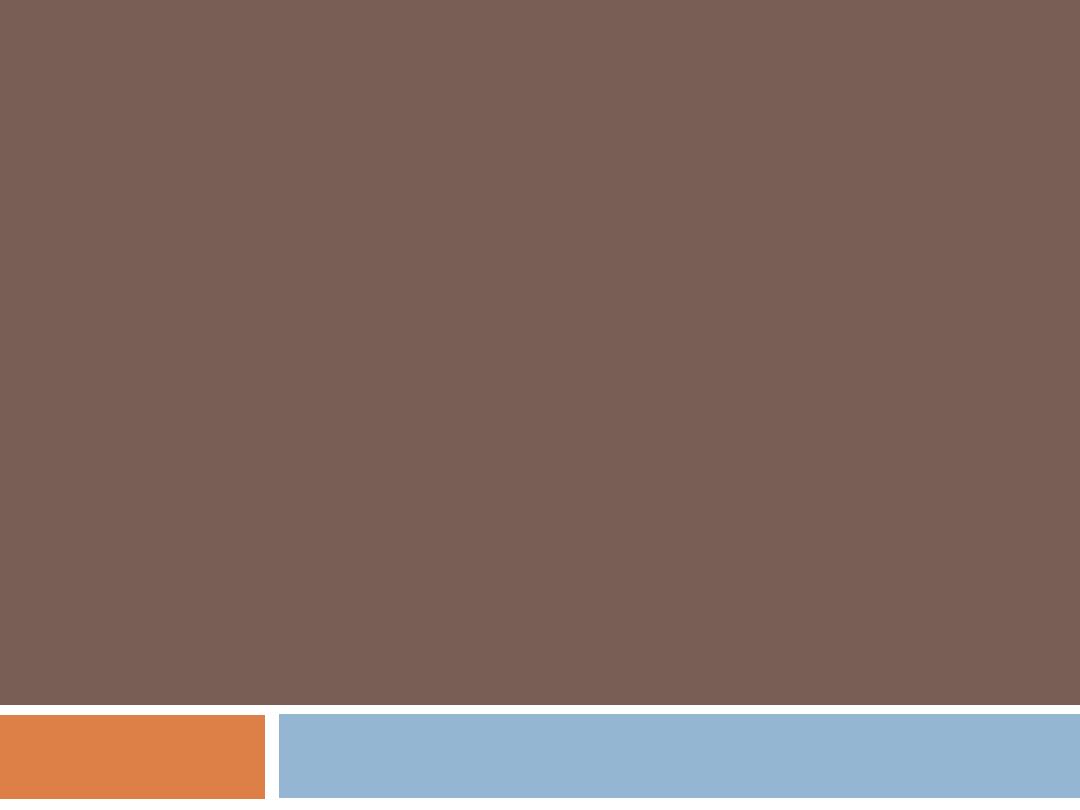
LECTEURE # 4 :
STRUCTURED PROGRAMMING
Variables , input , memory
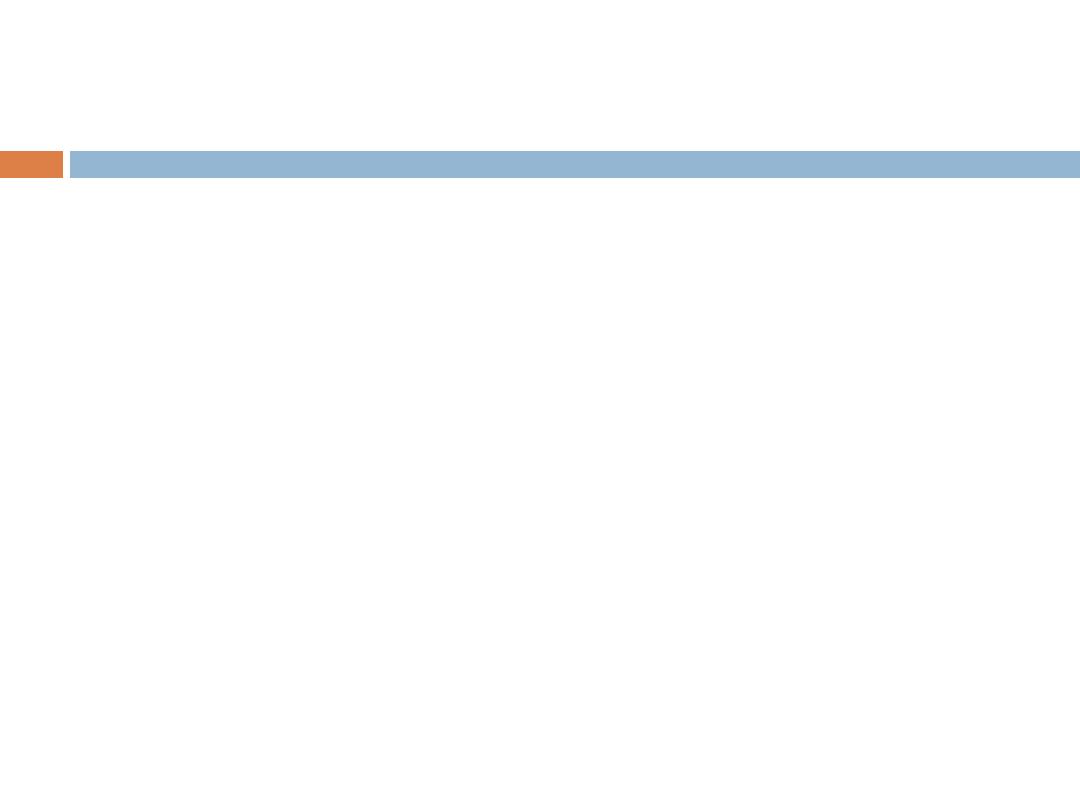
Textbook and Software:
The C++ Programming Language (4th Edition) By:
Bjarne Stroustrup.
Programming: Principles and Practice Using C++
(2nd Edition) By: Bjarne Stroustrup.
The software that is used in this course is the Code::
Blocks as a C++ compiler.
2
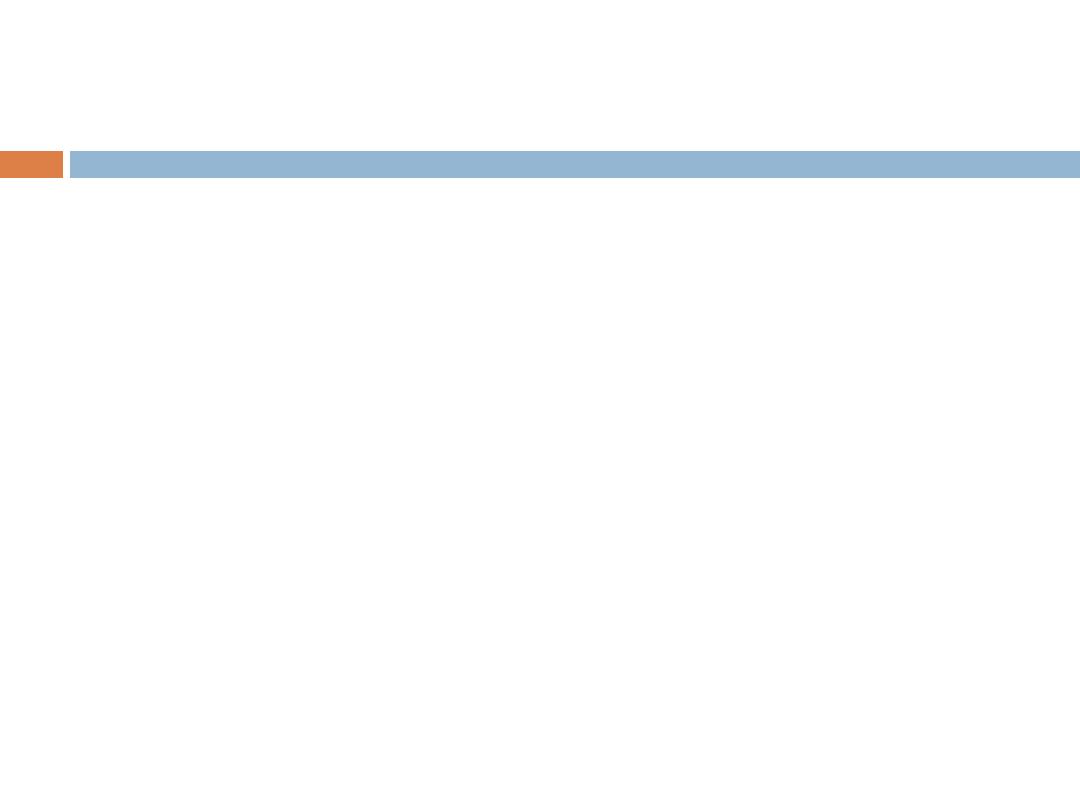
Variable
Location on computer
’s memory to store data then use and change
its value in a program
Each variable has
1.
Name (identifier)
◼
Series of letters, digits, underscores
◼
Not a keyword
◼
Start with a letter
◼
Case sensitive
◼
Meaningful
2.
Type
◼
Programmer-defined
3
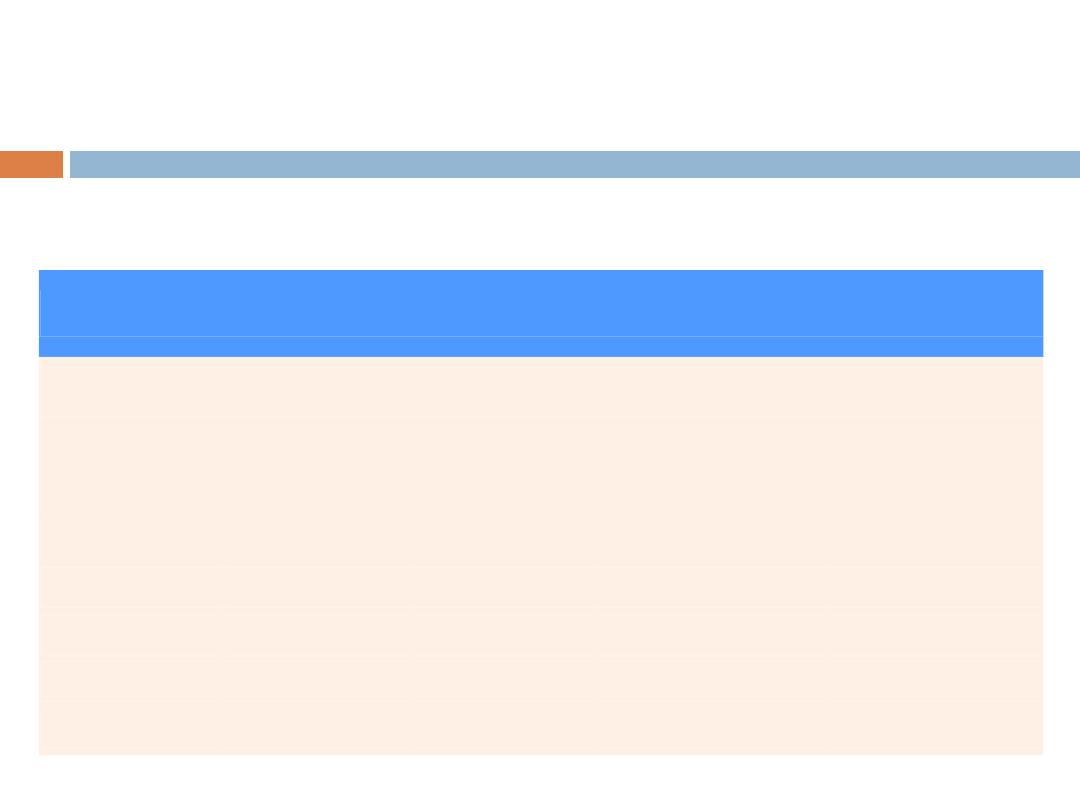
Keywords Shared with C
4
C++ keywords
Keywords common to the C and C++ programming languages
auto
break
case
char
const
continue
default
do
double
else
enum
extern
float
for
goto
if
int
long
register
return
short
signed
sizeof
static
struct
switch
typedef
union
unsigned
void
volatile
while
Cannot be used as identifiers or variable names
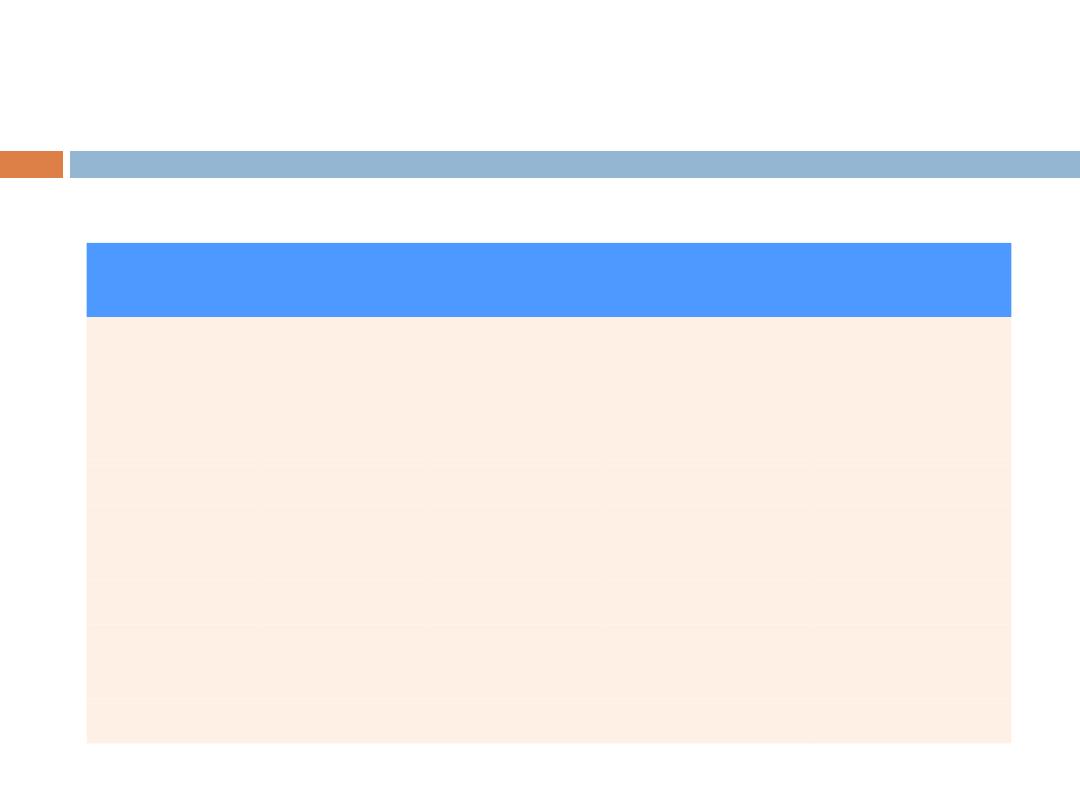
Introduction to C++
5
New Keywords in C++
C++ keywords
C++-only keywords
and
and_eq
asm
bitand
bitor
bool
catch
class
compl
const_cast
delete
dynamic_cast explicit
export
false
friend
inline
mutable
namespace
new
not
not_eq
operator
or
or_eq
private
protected
public
reinterpret_cast static_cast
template
this
throw
true
try
typeid
typename
using
virtual
wchar_t
xor
xor_eq
Cannot be used as identifiers or variable names
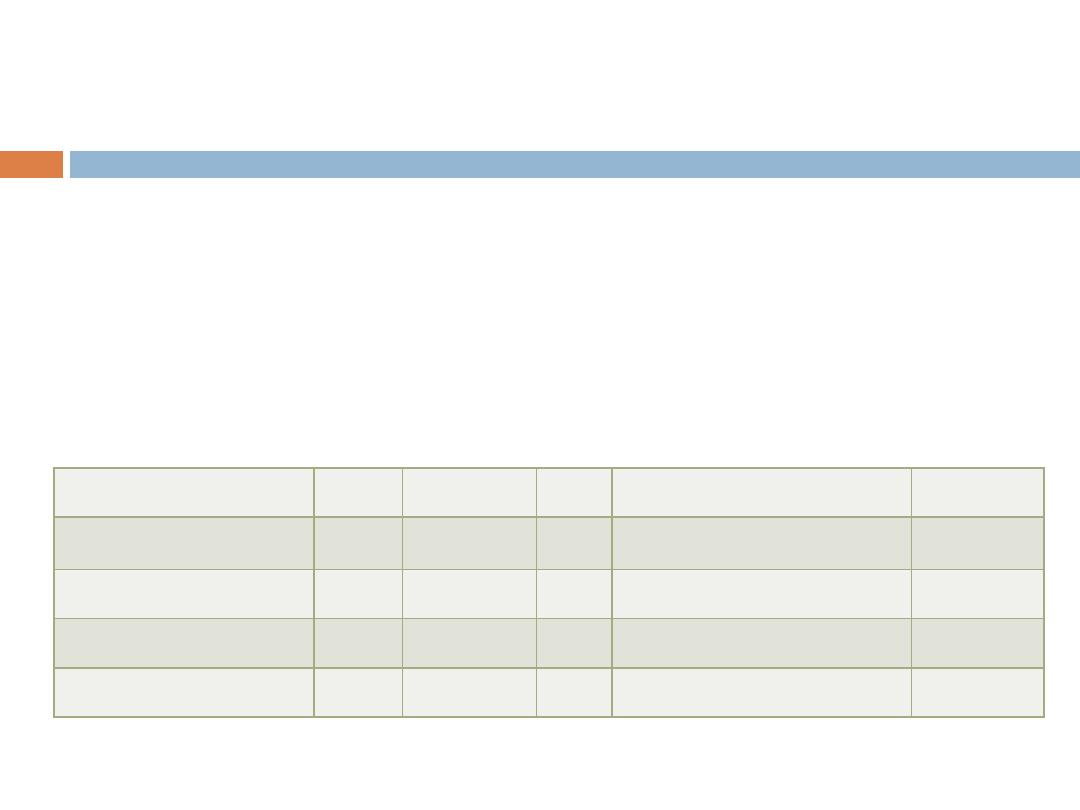
Variable Condition
_under_bar_
z2
and
2h
67h2
his_account_total
t5
87
m928134
her_sales
3g
for
a
main
int
6
1.
Start with a letter
2.
Not a keyword
3.
Series of letters, digits, underscores
4.
Case sensitive
5.
Meaningful
Home work: which of the following variables name is valid?
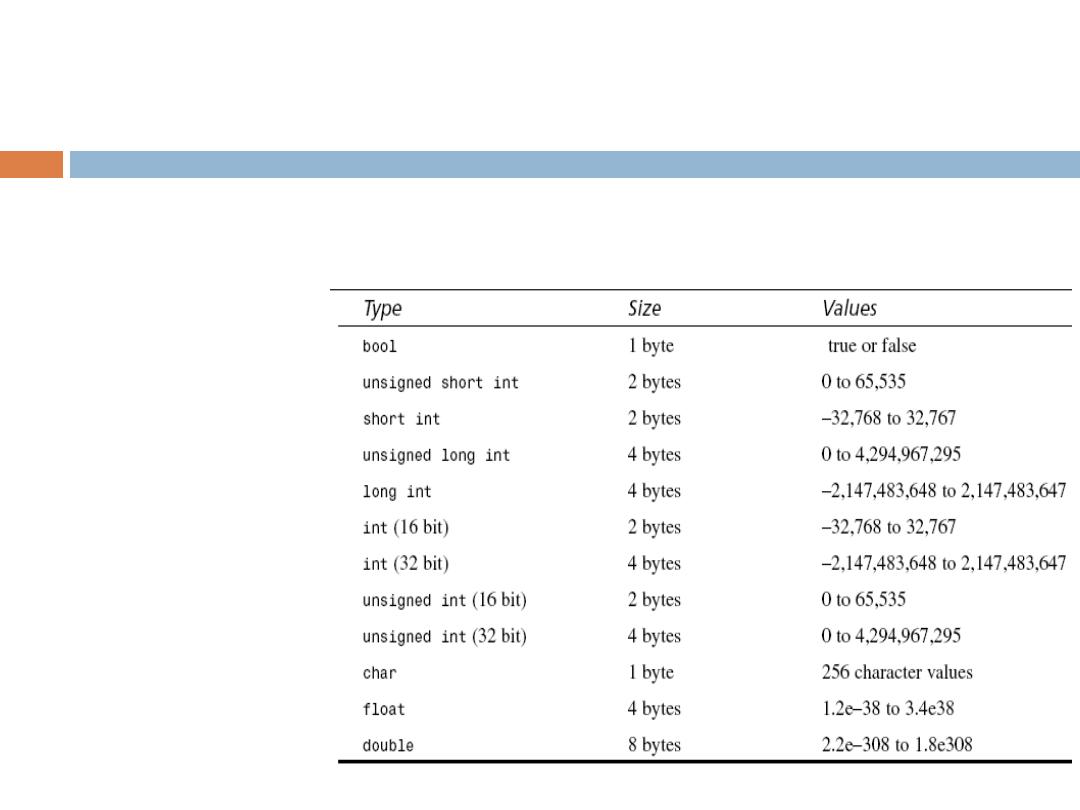
C++ Built-in Data Types
Called fundamental types or primitives types: numeric, character,
logical
7
Some common data
types are:
1. int - integer numbers
2. char - characters
3. double - floating
point numbers
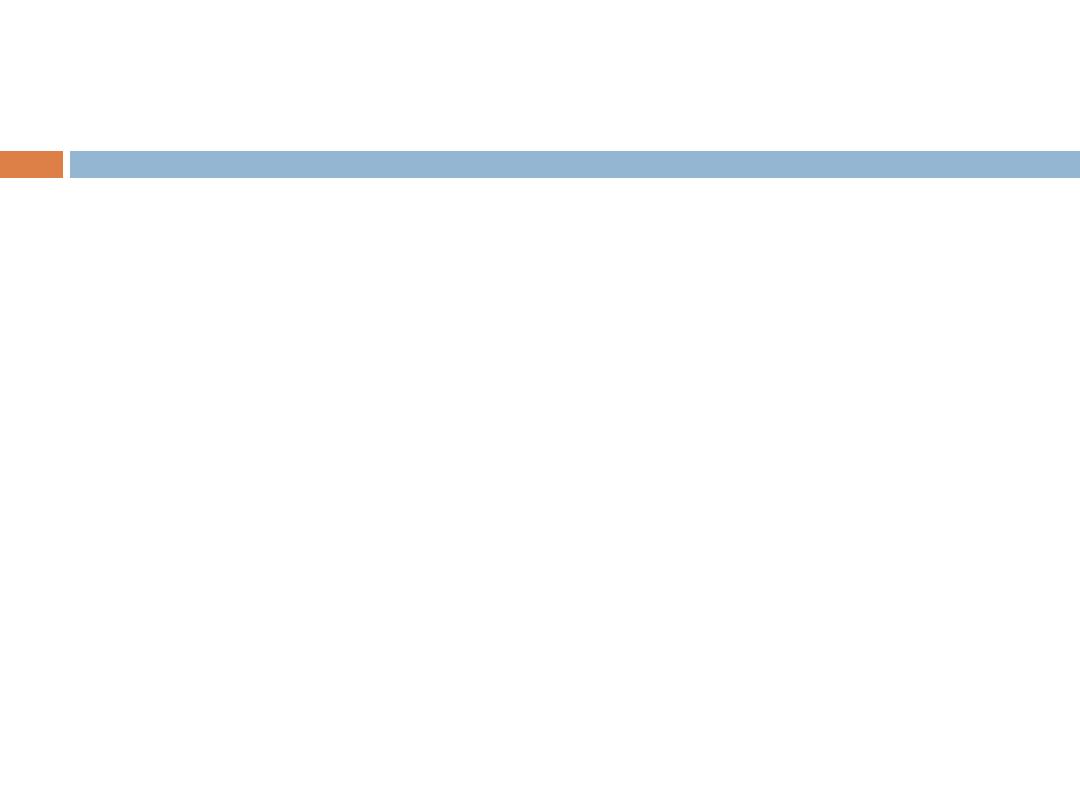
bool
Data Type
Has two values,
true
and
false
Manipulate logical (Boolean) expressions
true
and
false
are called logical values
bool
,
true
, and
false
are reserved words (keyword)
8
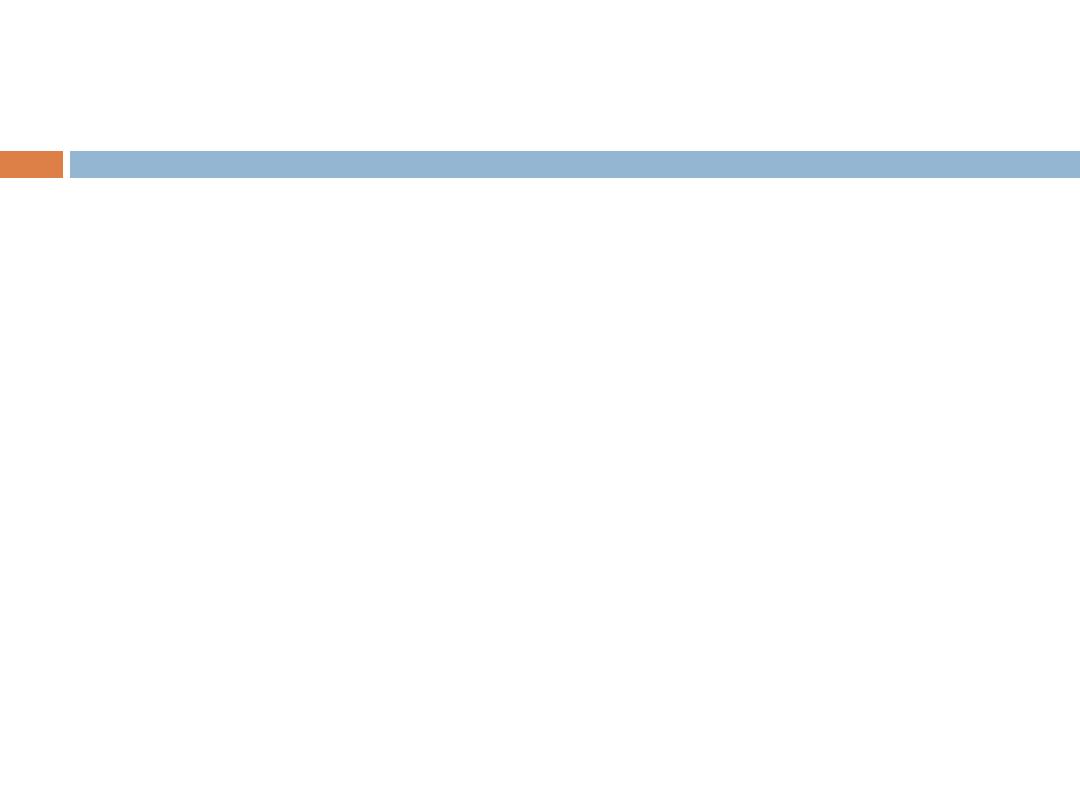
char
Data Type
Used for characters
letters, digits, and special symbols
Each character is enclosed in single quotes
Examples:
'A'
,
'a'
,
'0'
,
'*'
,
'+'
,
'$'
,
'&'
A blank space is a character and is written
' '
with a space left
between the single quotes
9
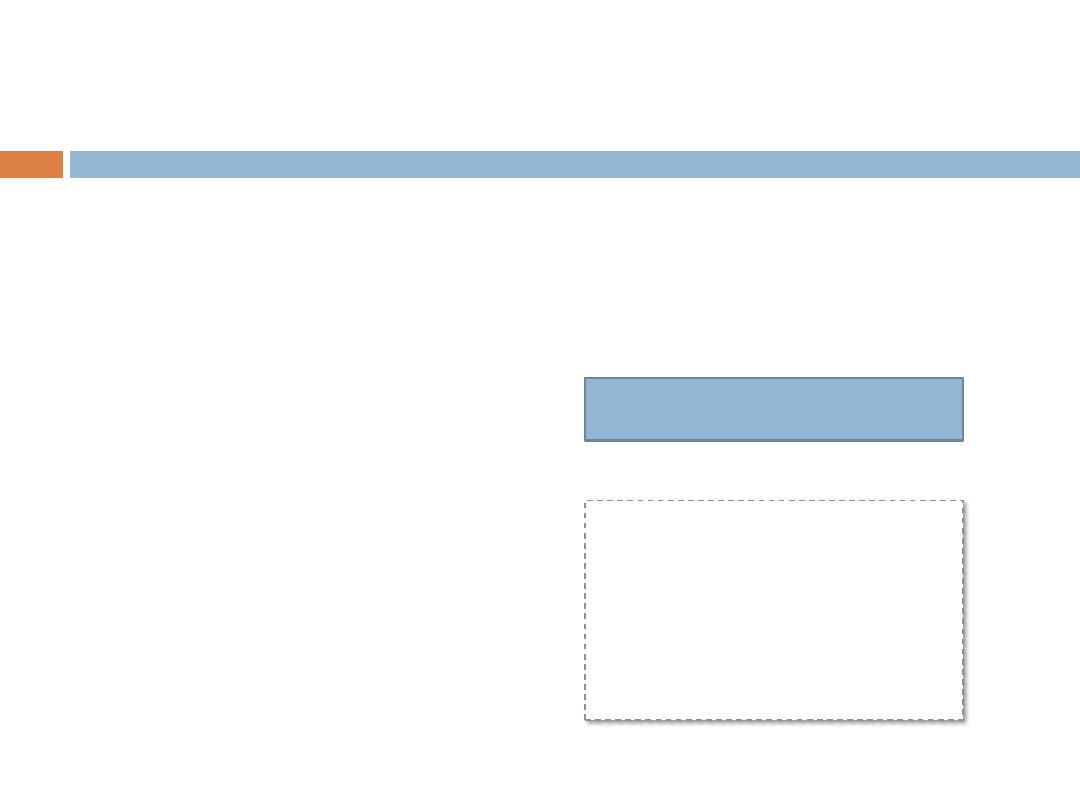
Declaring Variables
All variables must be declared anywhere in program with a name
and data type before they used
Syntax rule: begin with a data type then variable name
Variables of the same type can be declared in
Multiple lines
One line separated by commas
10
int
num1;
int
num2;
int
num3;
int
num1, num2, num3;
dataType varName ;
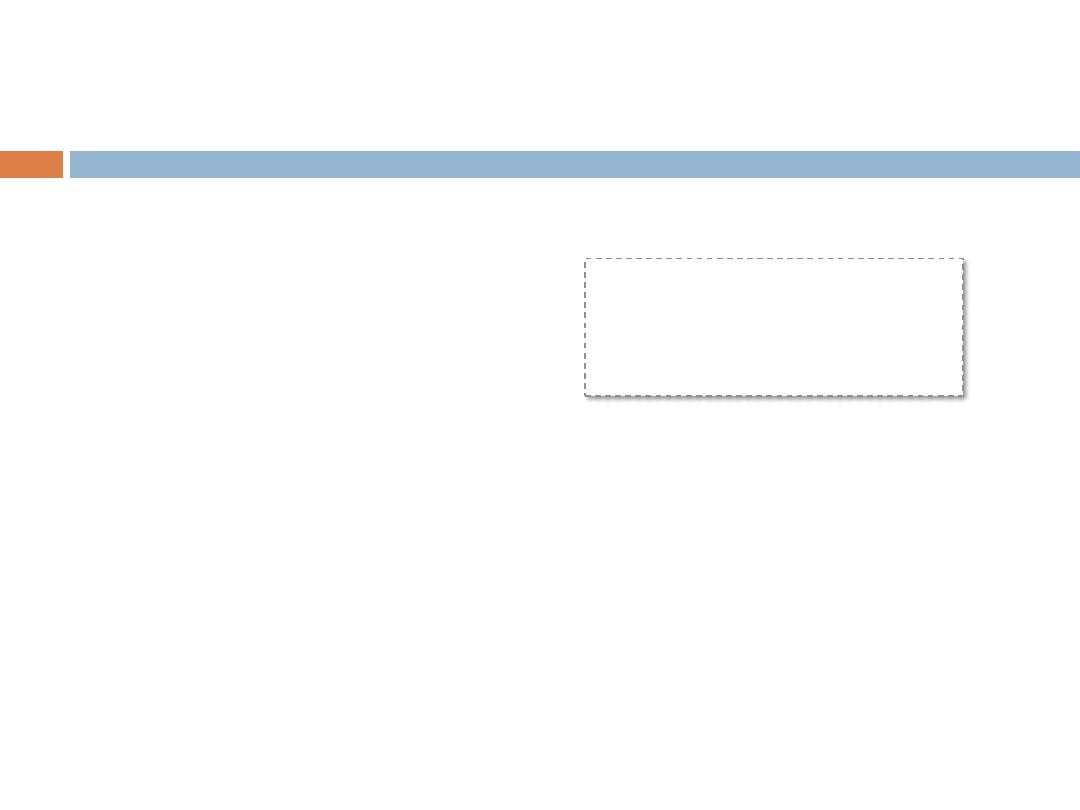
Initializing Variable
Variables can be initialized once declared
first
and
second
are
int
variables with the values 13 and 10,
respectively
ch
is a
char
variable whose value is empty
x
and
y
are
double
variables with 12.6 and 123.456, respectively
11
int
first=13, second=10;
char
ch=' ';
double
x=12.6, y=123.456;
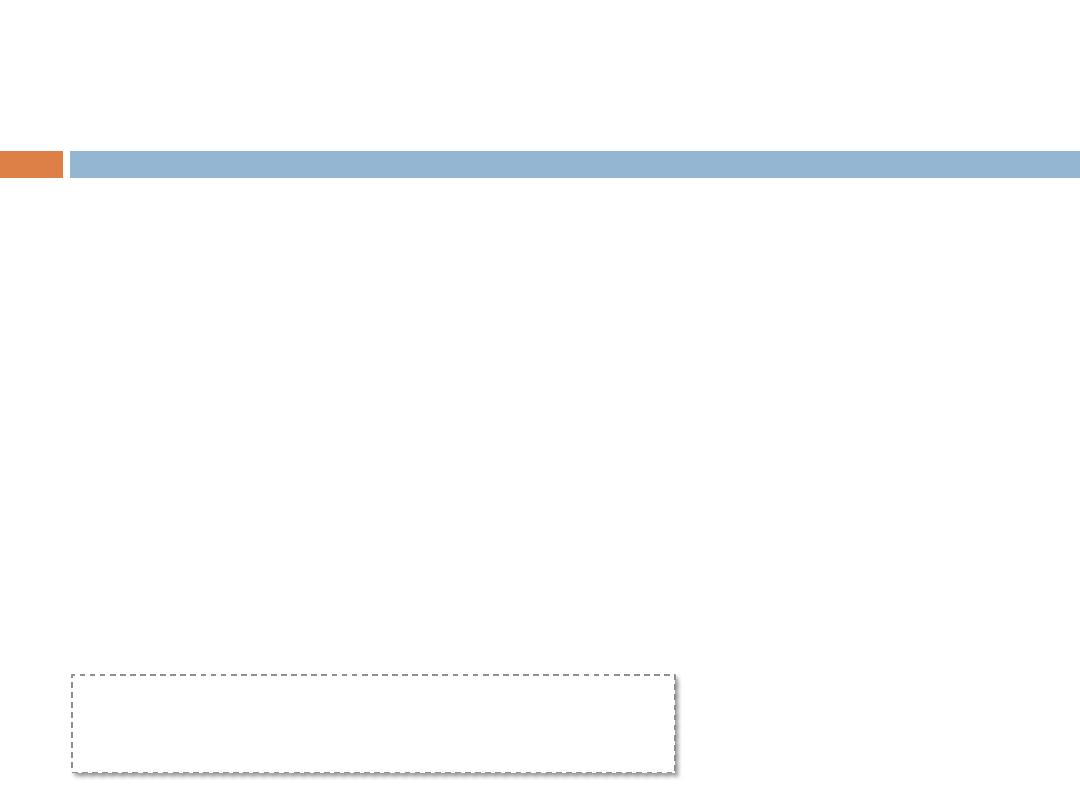
Ex.1: Compute the mean of 3 numbers
//This program calculates the mean of three numbers.
#include <iostream.h>
int main()
{
cout << " First Arithmetic Program by
Big Bird.\n\n ";
cout << (12+5+10)/3;
return 0;
}
12
1
First Arithmetic Program by Big Bird.
2
3
9
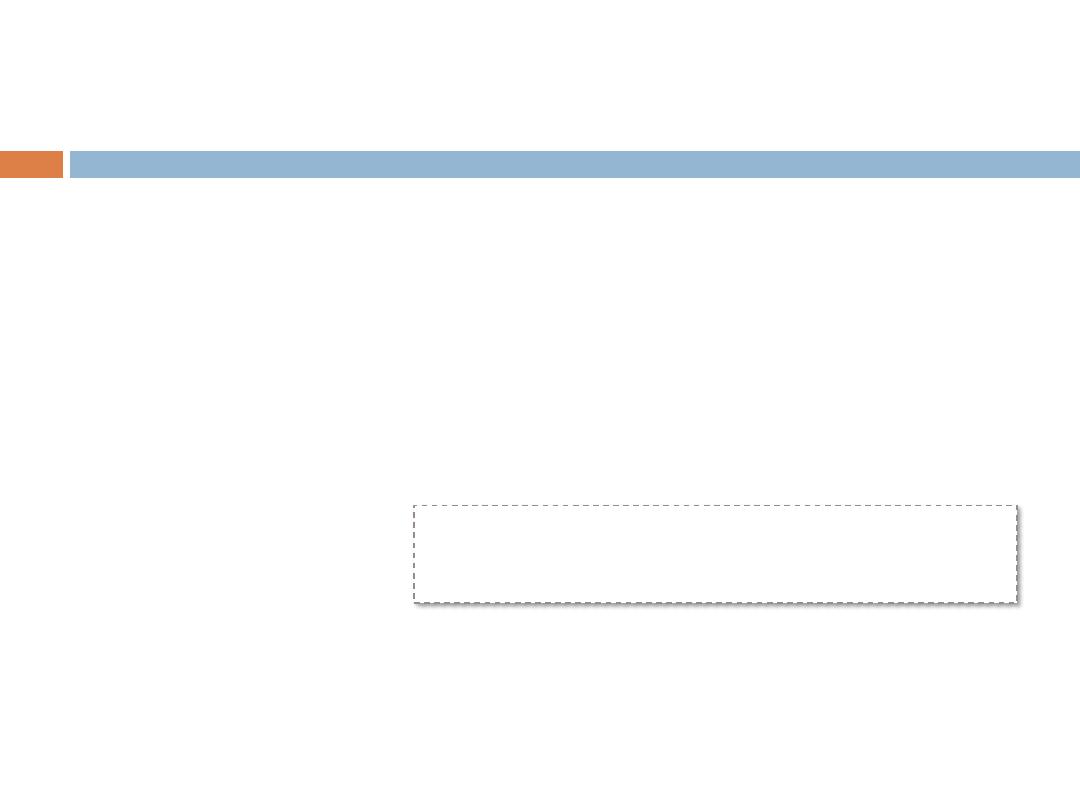
Ex. 2: Compute the mean of 3 numbers
Now, let’s try using a variable to store the mean before printing it.
//
This program calculates the mean of three numbers.
#include <iostream.h>
int main()
{
float mean;
cout << "Second Arithmetic Program by Big Bird.\n\n";
mean = (12+5+10)/3;
cout << mean;
return 0;
}
If we need to calculates the mean of
ANY
three
numbers?? we should interd it from the user
.
13
1
Second Arithmetic Program by Big Bird.
2
3
9
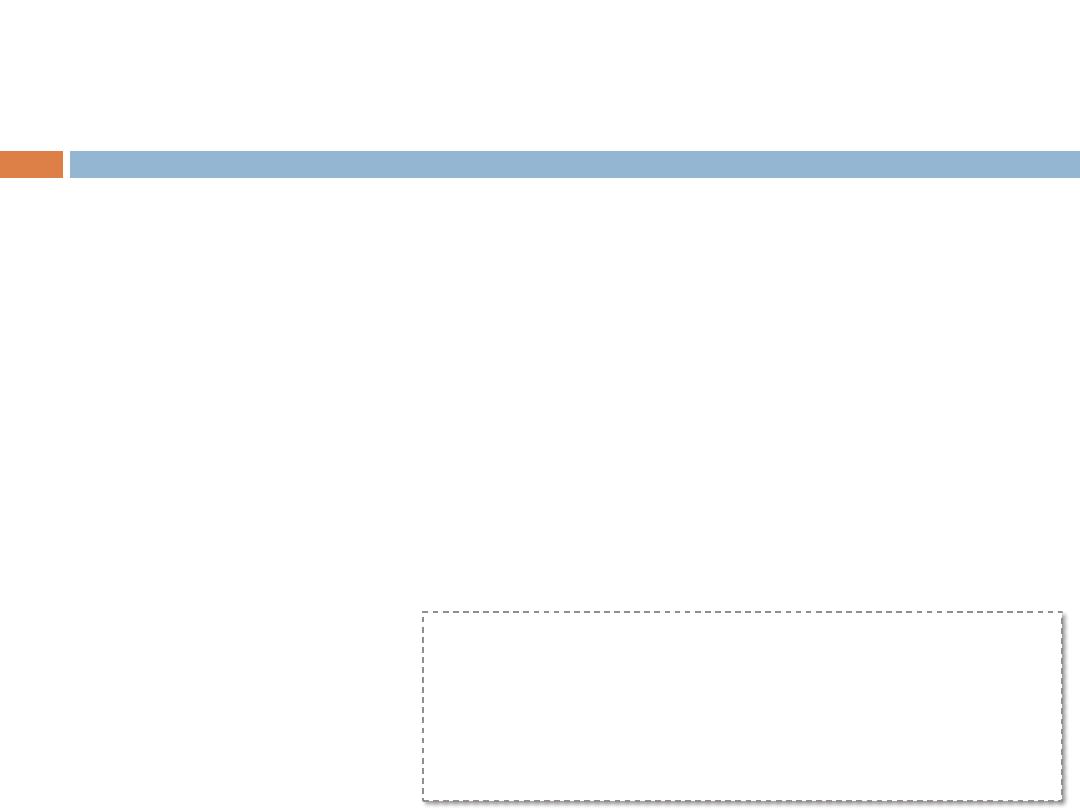
14
// This program calculates the mean of
ANY
three numbers.
#include <iostream>
int main()
{
float num1, num2, num3, mean;
cout << "Big Bird learns about input data.\n";
cout << endl;
cout << "Enter first number: ";
cin >> num1;
c
out << "Enter second number: ";
cin >> num2;
cout << "Enter third number: ";
cin >> num3;
mean = (num1+num2+num3)/3.0;
cout << "The average of " << num1 << " and " << num2 <<
" and " << num3;
cout << " is equal to = " << mean;
return 0;
}
Ex. 3: Compute the mean of 3 numbers
1
Big Bird learns about input data
2
3
Enter first number:
4
Enter second number:
5
Enter third number:
6
The average of 12 and 10 and 5 is equal to = 9
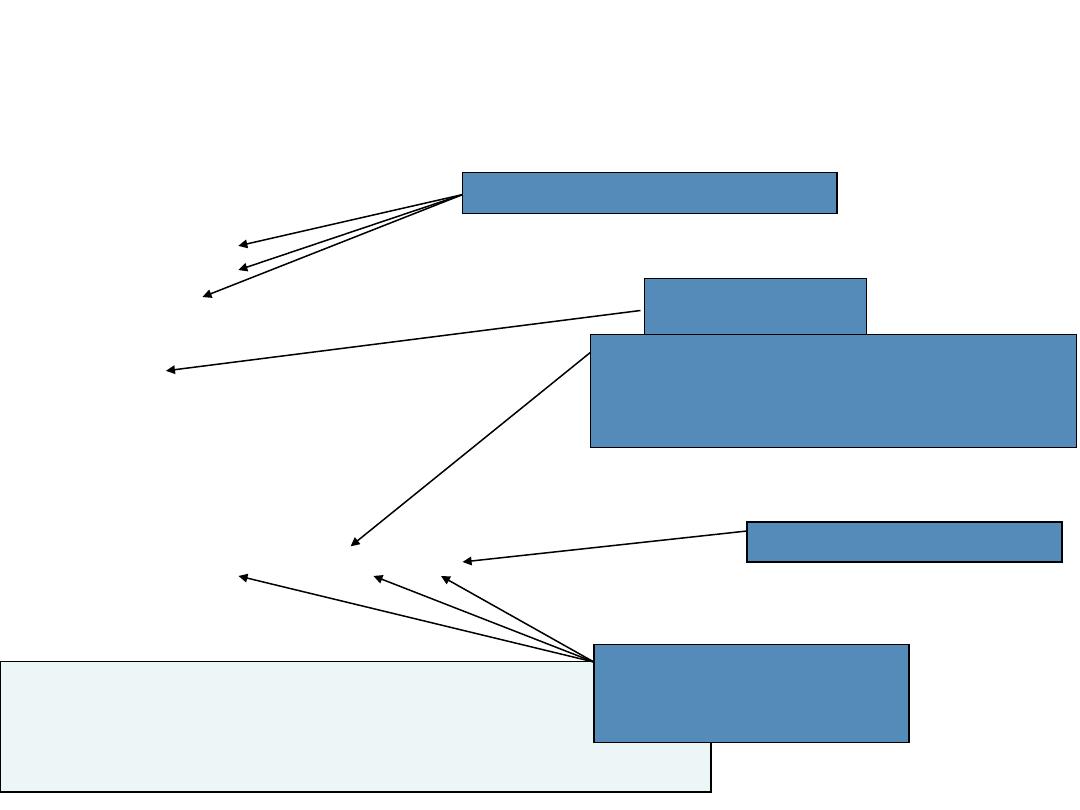
1. Load <iostream>
2. main
2.1 Initialize variables
integer1
, integer2,
and sum
2.2 Print "Enter first
integer"
2.2.1 Get input
2.3 Print "Enter
second integer"
2.3.1 Get input
2.4 Add variables and put
result into sum
2.5 Print "Sum is"
2.5.1 Output sum
2.6 exit (return 0)
15
Enter first integer
45
Enter second integer
72
Sum is 117
1
// Addition program that display the sum of two numbers.
2
3
#include
<iostream.h>
// allow program to perform input and output
4
5
// function main begins program execution
6
int
main()
7
{
8
// variable declaration
9
int
number1;
// first integer to add
10
int
number2;
// second integer to add
11
int
sum;
// sum of number1 and number2
12
13
cout <<
"Enter first integer: \n"
;
// prompt user for data
14
cin >> number1;
// read first integer from user to number1
15
16
cout <<
"Enter second integer: \n"
;
// prompt user for data
17
cin >> number2;
// read second integer from user to number2
18
19
sum = number1 + number2;
// add the numbers; stor result in sum
20
21
cout <<
"Sum is "
<< sum << endl;
// display sum; end line
22
23
return
0
;
// indicate that program ended successfully
24
}
// end function main
Declare integer variables.
obtain user input.
endl outputs a newline.
Concatenating, chaining or
cascading stream insertion
operations.
Calculations can be performed in output
statements: alternative for lines 19 and 21:
cout << "Sum is " << number1 + number2 <<
endl;
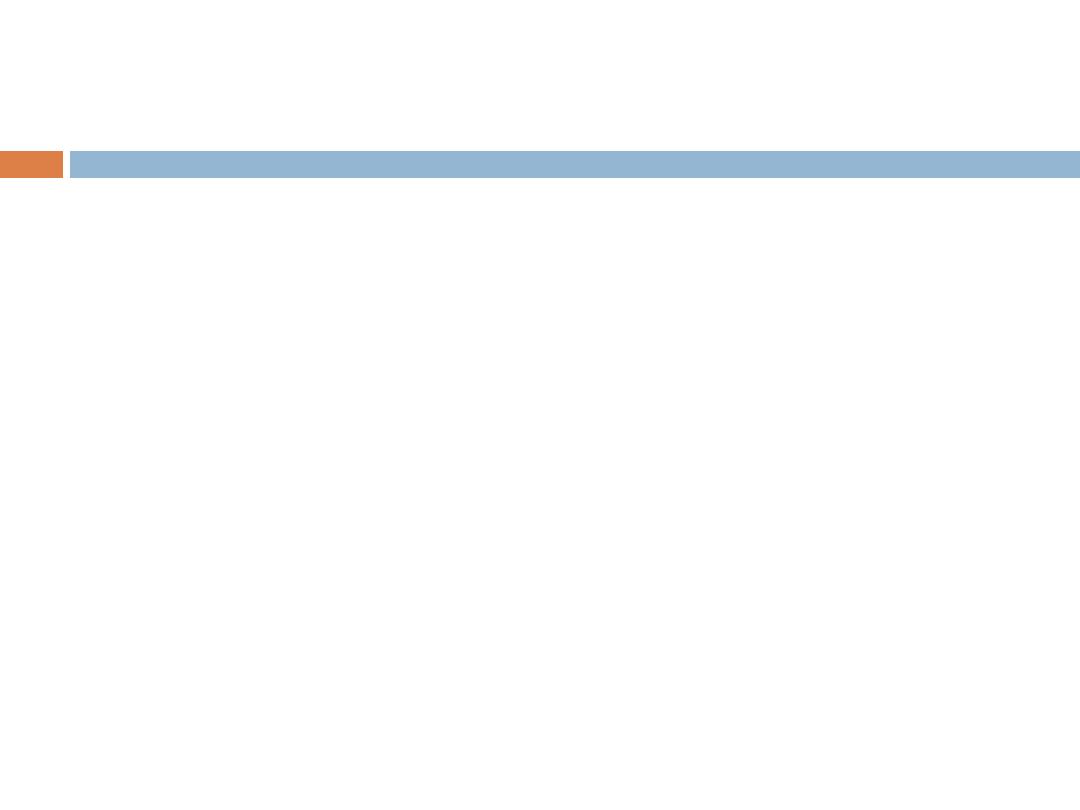
Variables and Memory
Variables names correspond to location in the computer
’s memory
(RAM)
Every variable has
name, type, size and value.
Placing new value into variable (memory location), overwrites old
value
– called destructive (Whenever a new value is placed into a
variable, it replaces the previous value - it is destroyed)
Reading value of variable in memory
– called nondestructive
16
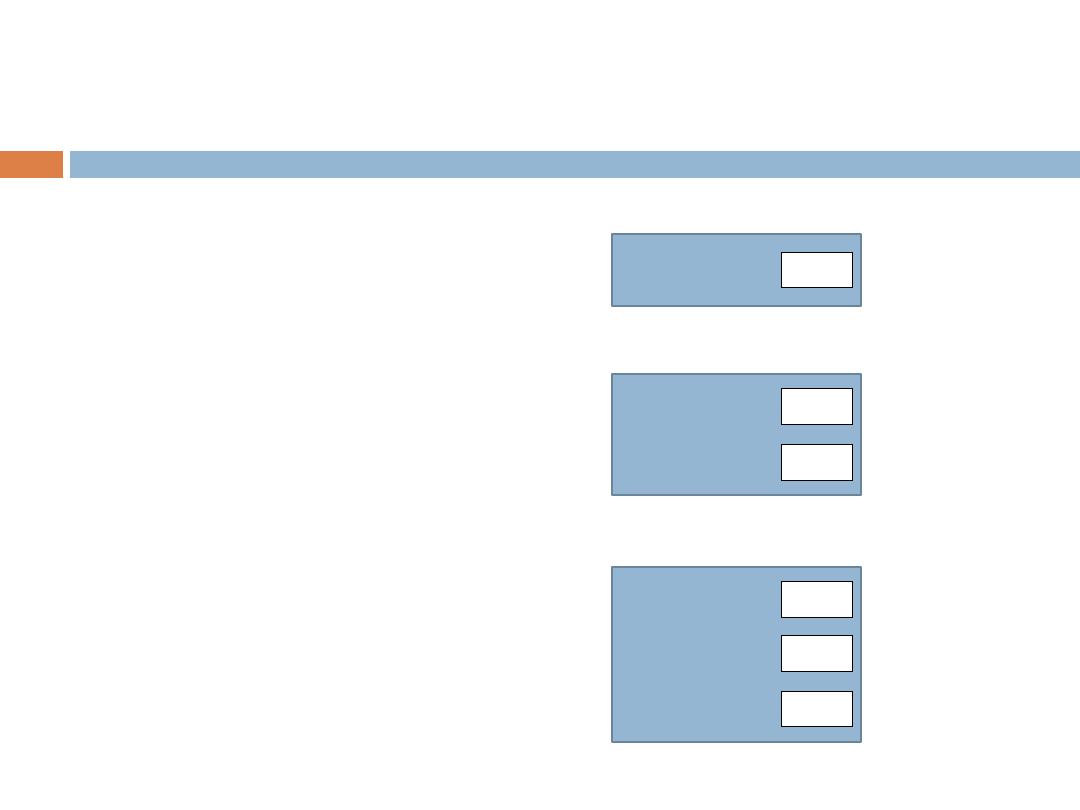
Variables and Memory (cont.)
cin >> number1;
Assume user entered 45
cin >> number2;
Assume user entered 72
sum = number1 + number2;
17
number1
45
number1
45
number2
72
number1
45
number2
72
sum
117
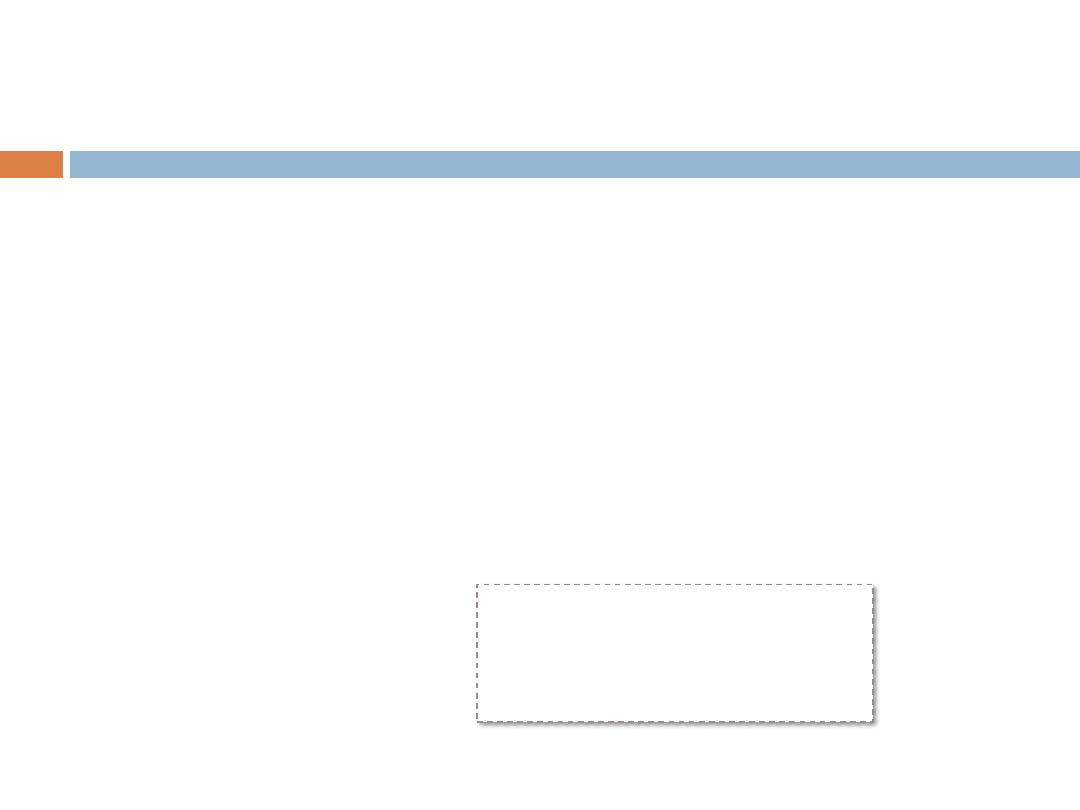
Constants
Like variables
data storage locations
Unlike variables
Values never changed during program execution
Any attempt to change a const creates a compilation error
Declared in two ways and follow identifier naming rules
With
const
keyword
With
#define
keyword
18
const int
pie=3.14
const char
Gender = ‘F’;
#define
studentsPerClass = 15
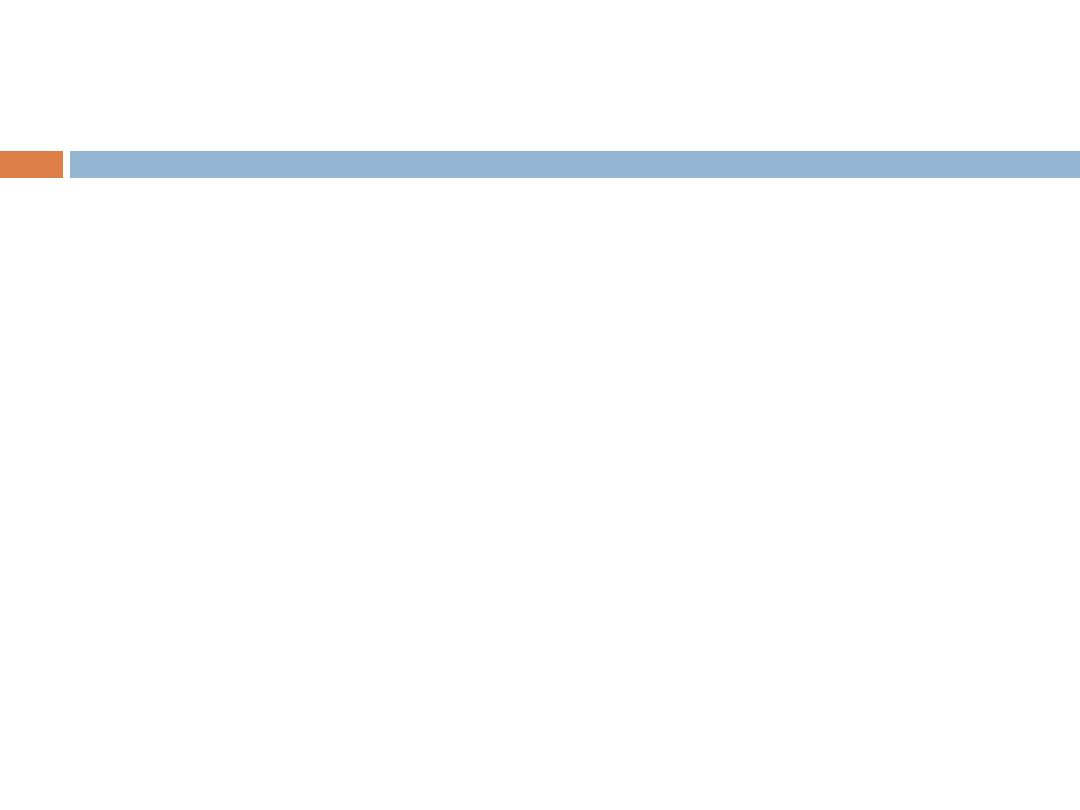
Exercise - 1
What prints when each of the following C++ statements is performed? If nothing prints,
then answer “nothing.”
Assume x = 2 and y = 3.
1.
cout << x;
2.
cout << x + x;
3.
cout << "x=";
4.
cout << "x = " << x;
5.
cout << x + y << " = " << y + x;
6.
z = x + y;
7.
//cout << "x + y = " << x + y;
19
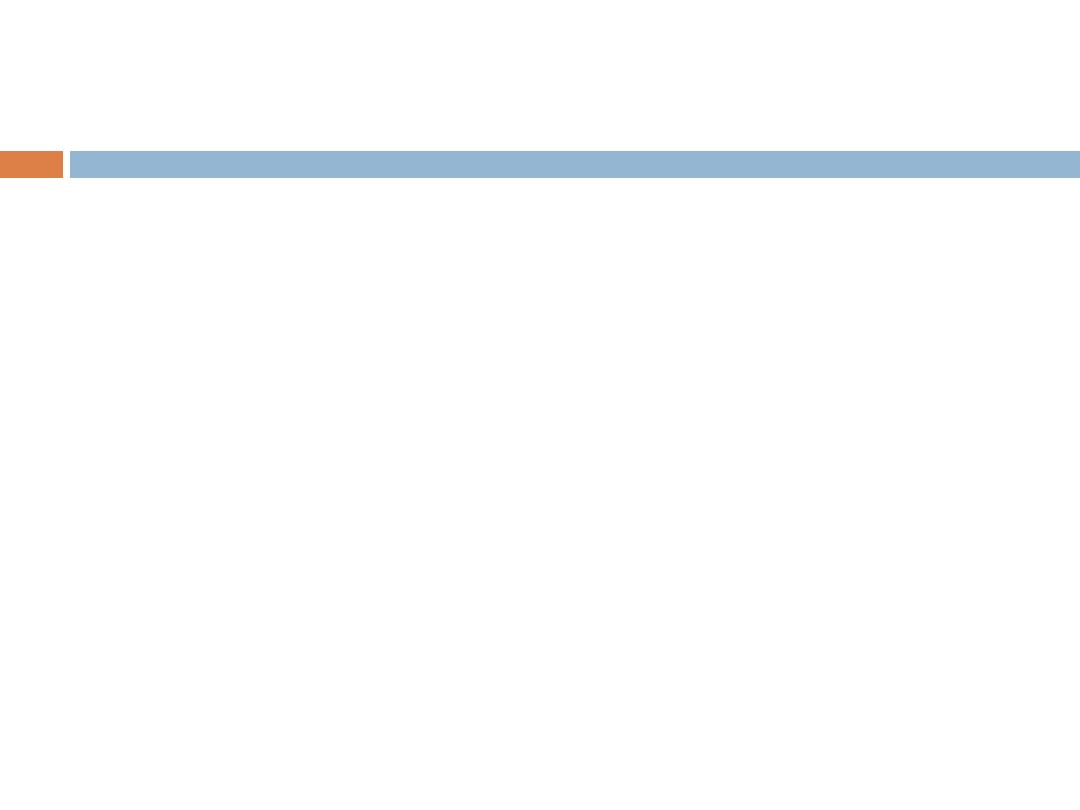
Exercise - 2
Find the errors in the following program:
// Addition program that display the sum of two numbers.
#include <iostram.h>
int main()
{
int number1;
int number2;
cout << "Enter first integer: \n";
cin << number1;
cout << "Enter second integer: \n";
cin >> number2;
sum = number1 + number2
cout << "Sum is " << sum << endl
}
20
